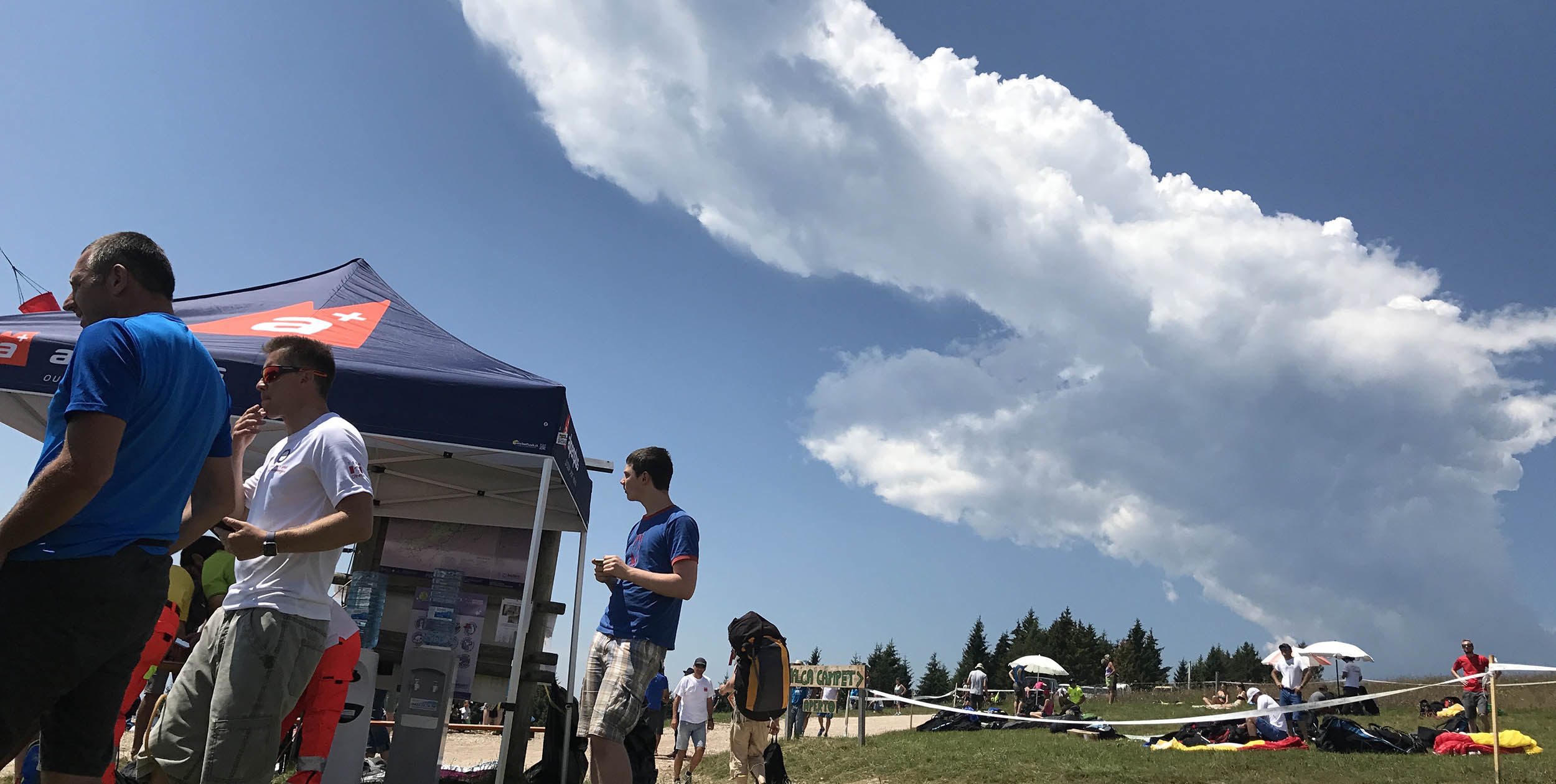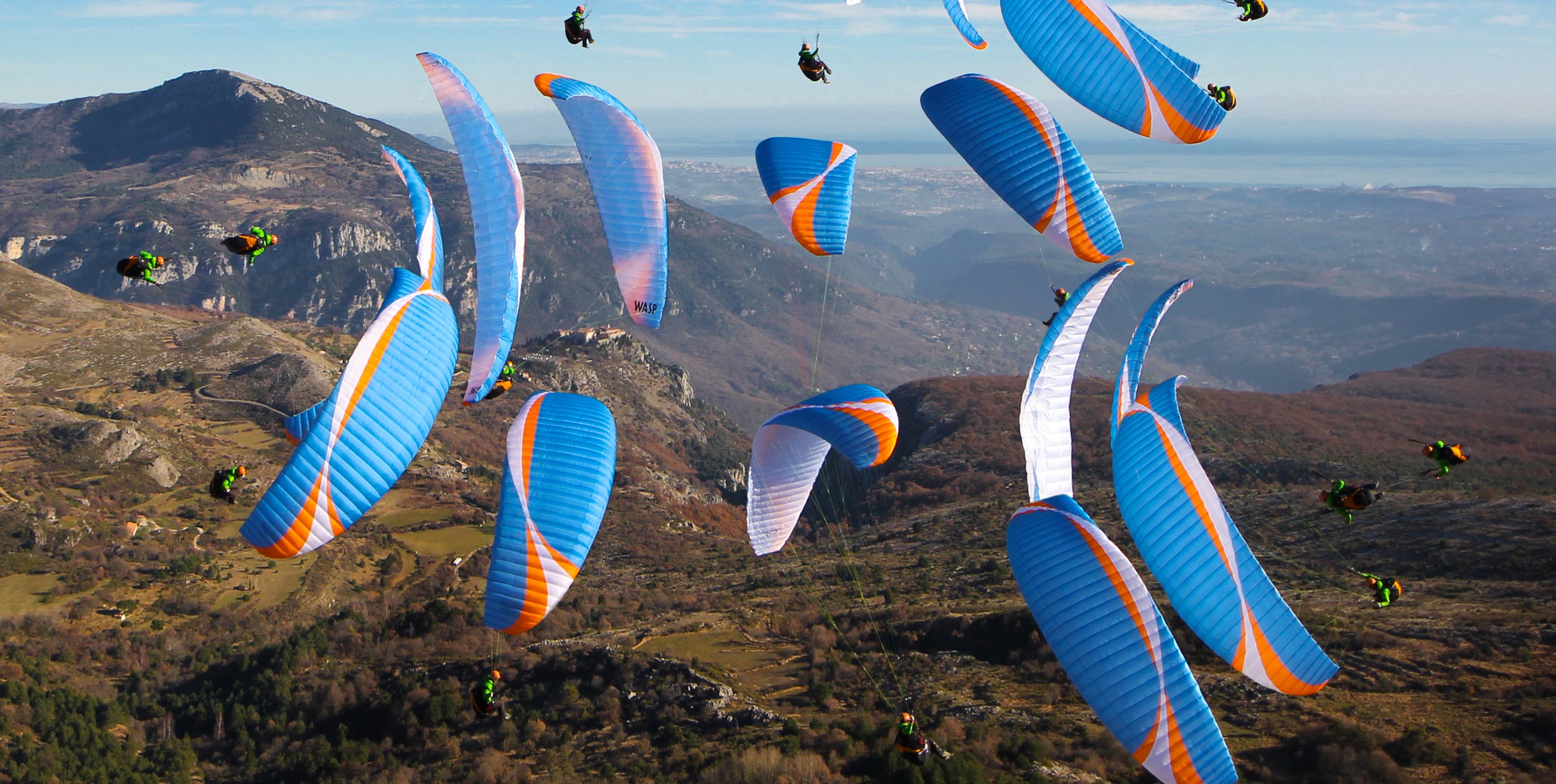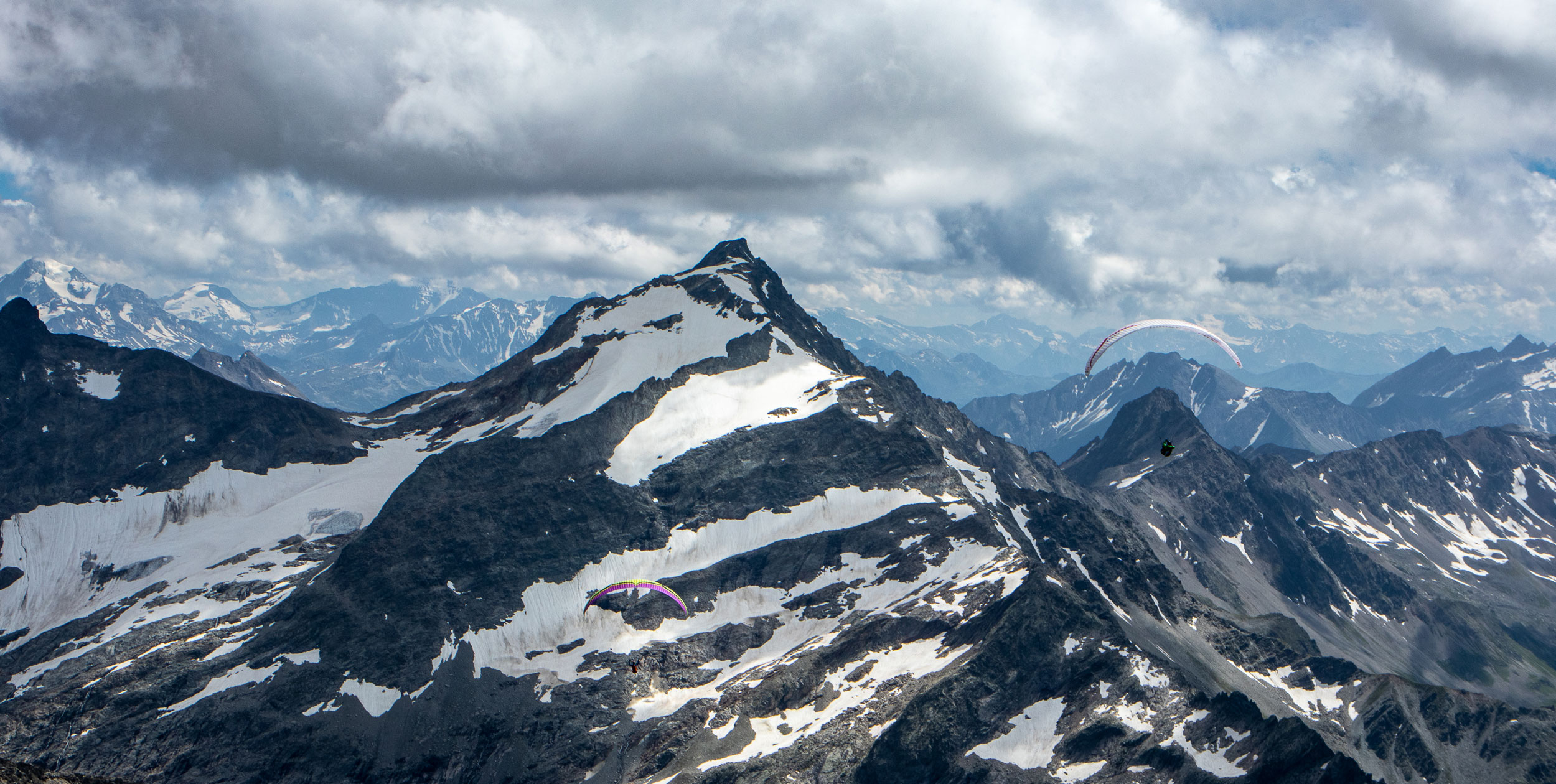Hollywood calls … Instability 2
The original film ‘Instability’ was made in 1992 and was the first instructional paragliding film to show paraglider pilots how to cope with collapses and other possible flight incidents. It became a classic, and is still used today by many paragliding schools worldwide. Bruce Goldsmith explains the background for a new sequel set to revolutionise the way we learn how to deal with collapses
HOW THE LESSONS CHANGE
The original Instability followed a simple format: show the pilot how to recognise the most common problems encountered whilst paragliding, and then break the correct reactions to these problems down into three simple lessons:
1) Counter the turn
2) Pump out the deflation
3) Damp the dive
To a large extent these three principles still hold true today, however, paragliders have evolved enormously in the last ten years, and with Instability 2 we wanted to bring the film up to date.
This meant doing all the manoeuvres on a modern glider as well as taking a second look at the most important lessons to see how they’ve changed over the years.
In the original film almost all the manoeuvres were done on the DHV3 Airwave Voodoo. At the time this was a popular glider which despite its certification proved to be a safe and predictable wing.
The video also showed pilots how the glider reacted in more extreme situations. For Instability 2 we chose the DHV 1-2 Airwave Sport 2 since it’s a good example of one of the new generation of gliders combining good safety with great performance.
A great deal of research went into the film before we started shooting. I spoke to many schools, several national paragliding federations, plus the certification bodies to find out what the main causes of accidents are today and how they felt these have changed over the years.
Ten years ago the main cause of accidents was asymmetric collapses and this therefore was the main thrust of the film Instability. Nowadays, asymmetrics can still be a problem, but they’ve become relatively less dangerous, whereas other aspects are now, relatively, more of a problem.
This research revealed four main problem areas at the moment to be:
1) Pilot over-reaction and cascade
2) Asymmetric Collapse and cravat
3) Pitch control
4) Spiral dive recovery
However, any discussion on safety in paragliding cannot be simply limited to these four areas, so the film actually covers most advanced manoeuvres, namely:
Asymmetric front collapse, overreaction and countersteering, pitch control, wingovers, bad wingovers, cravats, B lining, spiral dive, front collapse, big ears, spins, full stall, reserve deployment, steering with D risers, and active piloting.
MAKING THE FILM
March 18 – 20th 2004, a select group of pilots met at the Lac De Serre Poncon equipped with a 250hp winch boat, three cameramen, plus Matthieu de Quillac and his microlight helicopter acting as a camera platform.
Our objective was to show what happens when you make the wrong control inputs as well as what happens when you get it right. Kindly weather gods cooperated and we were treated to warm sunny weather, blue skies and light winds – so, not only flyable, but ideal for the filming as well.
Since nothing ever goes perfectly, however, there was of course the problem of the water in the lake, or rather the lack of it. At 15 metres lower than usual, the water level meant we couldn’t tow from our normal location near St Vincent Les Forts.
Matthieu thankfully found a superb alternative location where the drought had given rise to a small desert island. Normally underwater, it was devoid of any vegetation or obstructions and so became a perfect location to tow from.
The first day we took most of the morning to get set up and get all the equipment working together in a coordinated fashion. Though once we were underway, the filming went very quickly with a fast turn around, shooting three or four different camera angles all at the same time.
Day two blessed us with clear blue skies and light winds, making perfect conditions for a full day of towing. Each of the three test pilots managed to perform each manoeuvre at least 10 times resulting in plenty of material.
Day three began at the desert island, acquiring yet more footage until fate dealt us a rather terminal blow. The starter motor on the boat expired resulting in an end to the towing.
With hindsight the combination of a tight schedule, flying, filming and internal combustion engines was asking for trouble, but fortunately by now we had enough footage anyway, so we went to the footlaunch site of St Vincent Les Forts for some soaring shots and footage of a few top to bottoms.
As is always the case, the shooting of the film was actually the easy part. Doing the voice over in several languages and editing 14 hours of manoeuvres into a 40 minute film is no easy job even with modern digital video equipment and a computer.
Fortunately for us we had enlisted the help of Christian Kuen from ZappTV to do the major part of the work, using the latest editing software. One can only marvel at how this kind of thing was done before the digital revolution.
The final version is due to be out in time for the St Hilaire film festival in September 2004.
• Got news? Send it to us at news@xccontent.local
Subscribe to the world’s favourite hang gliding and paragliding magazine







